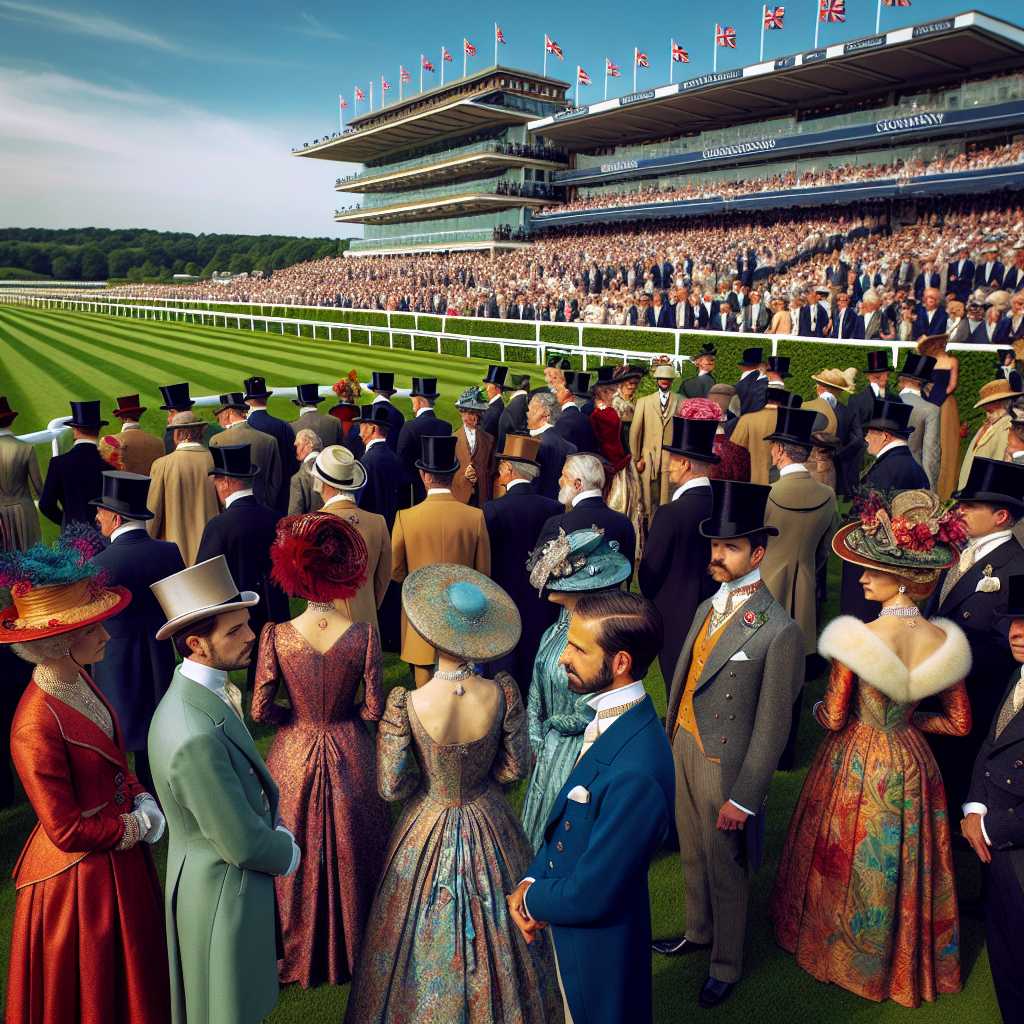The Prestige of Ascot: An Overview of its Cultural and Historical Significance
Ascot is synonymous with prestige, tradition, and the sport of kings: horse racing. Hosting some of the most celebrated events in the racing calendar, Ascot stands not only as a venue for equine competition but as a cultural icon that perpetuates the grandeur of British social gatherings and aristocratic customs.
The History of Ascot Racecourse
Ascot Racecourse has a storied past that dates back to the early 18th century. It was founded by Queen Anne in 1711 and swiftly became a centrepiece for British aristocracy and horseracing aficionados. The institution’s lineage runs deep in British history, evolving and expanding with each reign from its modest beginnings into today’s conglomerate of spectacle and pomp.
Ascot’s Racing Calendar and its Crown Jewel: Royal Ascot
The racecourse holds multiple meetings throughout the year, irrespective of season, ensuring its place at the center of British horse racing. However, the pinnacle event that has Activated global recognition is the Royal Ascot. Held annually in June, Royal Ascot features five days filled with remarkable races, including highlights such as The Gold Cup and The Diamond Jubilee Stakes.
Royal Ascot is not simply remarkable for its sporting significance but also for its status as a key event on the British social calendar. The convergence of high fashion, regal presence, including that of reigning monarchs who arrive as part of a royal procession, enduring social traditions—all play into making Royal Ascot more than just about racing; it’s a hallmark societal event.
Fashion and Social Etiquette at Ascot
Ascot remains an arena for meticulous fashion etiquette, with dress codes dating back centuries. Morning dress for men and hats or fascinators for women are signatures of attendance at these events. This theme of sartorial elegance echoes throughout the racecourse—from the Royal Enclosure, the epitome of exclusivity requiring stringiest dress code adherence, to other enclosures that entertain more relaxed but still particular standards.
The Economic Impact and Charity Work Associated with Ascot
Ascot, beyond leisure and sport, contributes substantially to Britain’s economy. The annual visitor flux induces local and national business booms—from hospitality to fashion retail. Moreover, Ascot engages in charity work; the course partners with various charities each year contributing to different sectors such as health, education, and community services.
Notes
Image description: Elegantly dressed spectators gather in front of the grandstand at Ascot Racecourse, elegantly attired men in morning suits and women in colorful dresses adorned with fascinators showcase traditional British fashion against a backdrop rich with green turf and pageantry flags waving under a clear blue sky.
